
 Podcasts
PodcastsCatch the latest PR news & updates with PRovoke Media's PR Podcasts. Lifting the lid on key industry stories & trends, join our listeners of PR podcasts today.
 Videos
VideosLatest video interviews and campaigns from PRovoke Media, previously known as the Holmes Report.
Long-form journalism that analyzes the issues, challenges and opportunities facing the business and practice of PR.
 Profiles & Interviews
Profiles & InterviewsExplore PR profiles and interviews with leaders from the marketing and PR worlds.
 Crisis Review
Crisis ReviewPR Crisis & Business Crisis review. PRovoke Media's annual analysis of the top reputation crises to rock the corporate sector. Read on here.
 Coronavirus
CoronavirusPRovoke Media's coverage of the Covid-19 crisis, focusing on corporate communication, public affairs & PR industry fallout.
 Trend Forecasts
Trend ForecastsPRovoke Media's PR Trends round up. PRovoke Media's annual forecast of PR trends and news that will impact the PR world in the year ahead...
 Social & Digital
Social & DigitalDedicated to exploring the new frontiers of PR as it dives deeper into social media, content and analytics.
 Technology
TechnologyOur coverage of key technology PR trends and challenges from around the world of digital communications.
 Consumer
ConsumerFrom brand marketing to conscious consumerism, coverage of key marketing and PR trends worldwide.
 Employee Engagement
Employee EngagementPRovoke Media's coverage, analysis and news around the rapidly-shifting area of employee engagement and internal communications.
 Sports Marketing
Sports Marketing Sports PR news, diversity & inclusion trends, views and analysis from PRovoke Media. Subscribe today for the very latest in the world of sports communications.
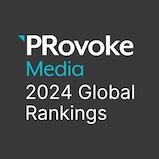 Global PR Agency Rankings
Global PR Agency RankingsPRovoke Media's definitive global benchmark of global PR agency size and growth.
Enter PRovoke Media's 2024 Global 250 Agency Ranking and/or our Agencies of the Year competitions now.
 Agencies of the Year
Agencies of the YearPRovoke Media's annual selections for PR Agencies of the Year, across all of the world's major markets.
 Innovator 25
Innovator 25PRovoke Media profiles marcomms innovators from across North America, EMEA and Asia-Pac.
 Creativity in PR
Creativity in PRIn-depth annual research into the PR industry's efforts to raise creative standards.
 Asia-Pacific Communication Index
Asia-Pacific Communication IndexAPACD/Ruder Finn annual study of Asia-Pacific in-house communications professionals.
 SABRE Awards
SABRE AwardsThe world's biggest PR awards programme, dedicated to benchmarking the best PR work from across the globe.
 PRovokeSummit Global
PRovokeSummit GlobalThe biggest PR conference of the year, a high-level forum designed to address the critical issues that matter most.
 PRovoke Media Regional Series
PRovoke Media Regional SeriesA global network of conferences that explore the innovation and disruption that is redefining public relations.
 Agencies of the Year
Agencies of the YearUnrivalled insight into the world's best PR agencies, across specialist and geographic categories.
 Roundtables
RoundtablesOur Roundtables bring together in-house comms leaders with PR firms to examine the future of communications.
 Agency Playbook
Agency PlaybookThe PR industry’s most comprehensive listing of firms from every region and specialty
.jpg) All Jobs
All JobsFind the latest global PR and communications jobs from PRovoke Media. From internships to account executives or directors. See all our PR jobs here.
PRovoke Media's editorial series published in collaboration with partners.
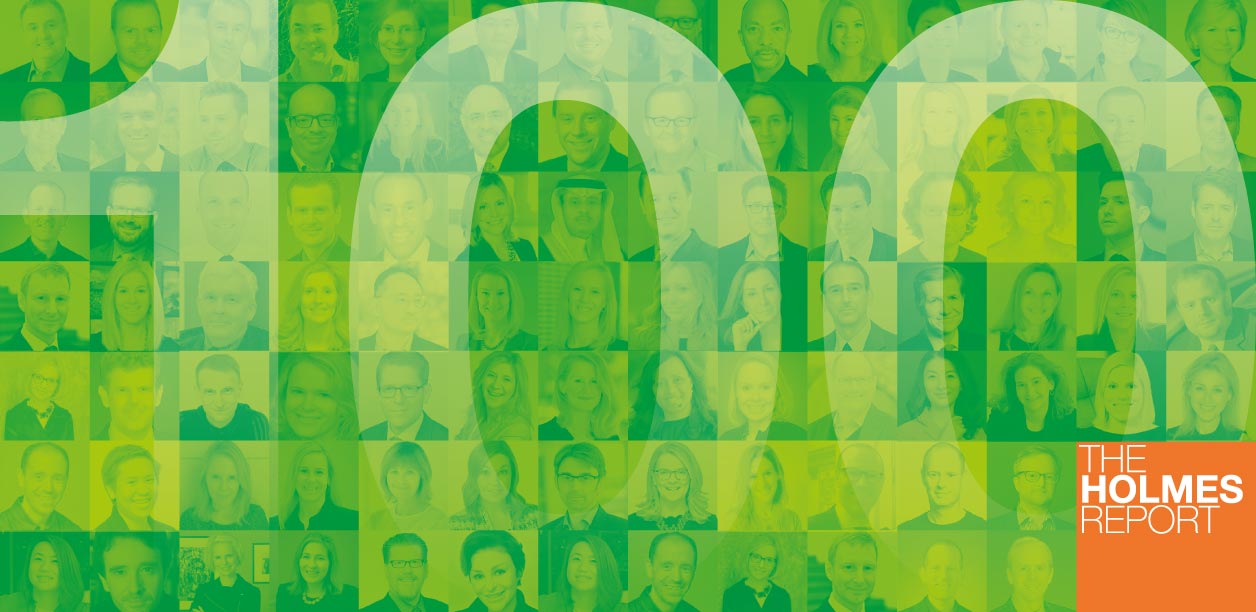
 We asked our Influence 100 how their CEO evaluates PR and communications, and reputation benchmarking came out even further ahead of the other options than previously: 86% compared with 80% last year and 63% in 2017. While sales and lead generation garnered zero responses in 2017, this year it was cited as one of the ways the C-suite measures the success of comms by 14% of respondents, although this was slightly down from 17% last year.
We asked our Influence 100 how their CEO evaluates PR and communications, and reputation benchmarking came out even further ahead of the other options than previously: 86% compared with 80% last year and 63% in 2017. While sales and lead generation garnered zero responses in 2017, this year it was cited as one of the ways the C-suite measures the success of comms by 14% of respondents, although this was slightly down from 17% last year.
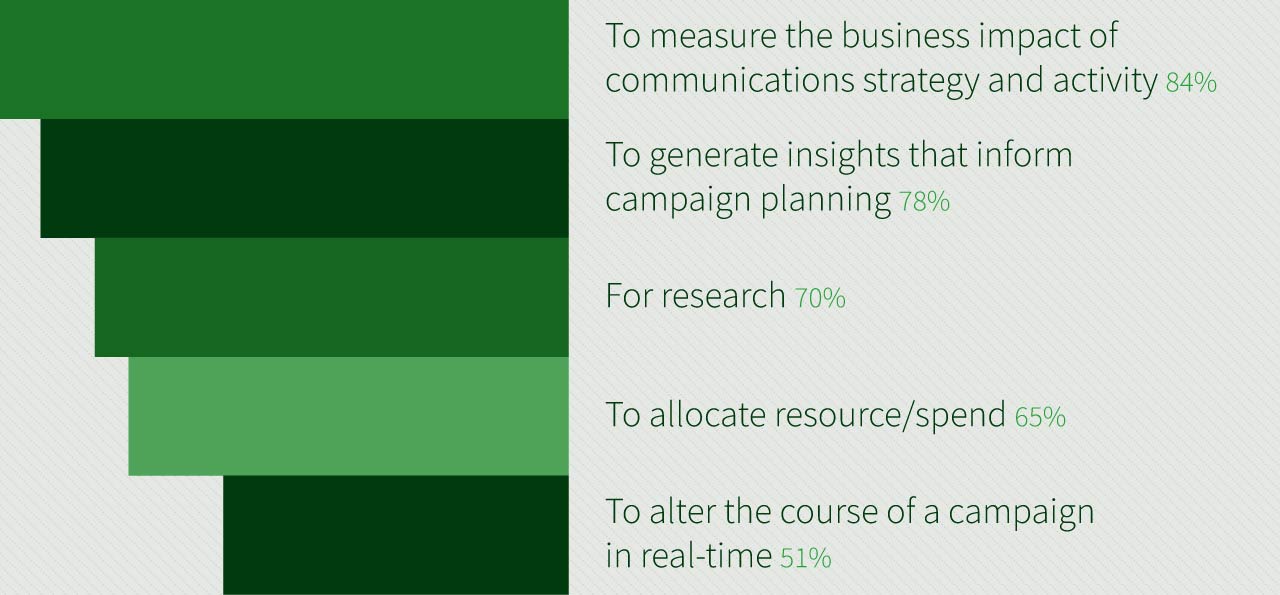 Our survey shows a real trend for data and analytics increasingly being used in multiple ways within organisations. There was another leap in the number of those who said they use data to allocate resource and spend: 65%, up from 43% last year and 30% in 2017, and another big increase in the number who said they use data and analytics for research purposes: up from 55% to 70%.
Our survey shows a real trend for data and analytics increasingly being used in multiple ways within organisations. There was another leap in the number of those who said they use data to allocate resource and spend: 65%, up from 43% last year and 30% in 2017, and another big increase in the number who said they use data and analytics for research purposes: up from 55% to 70%.
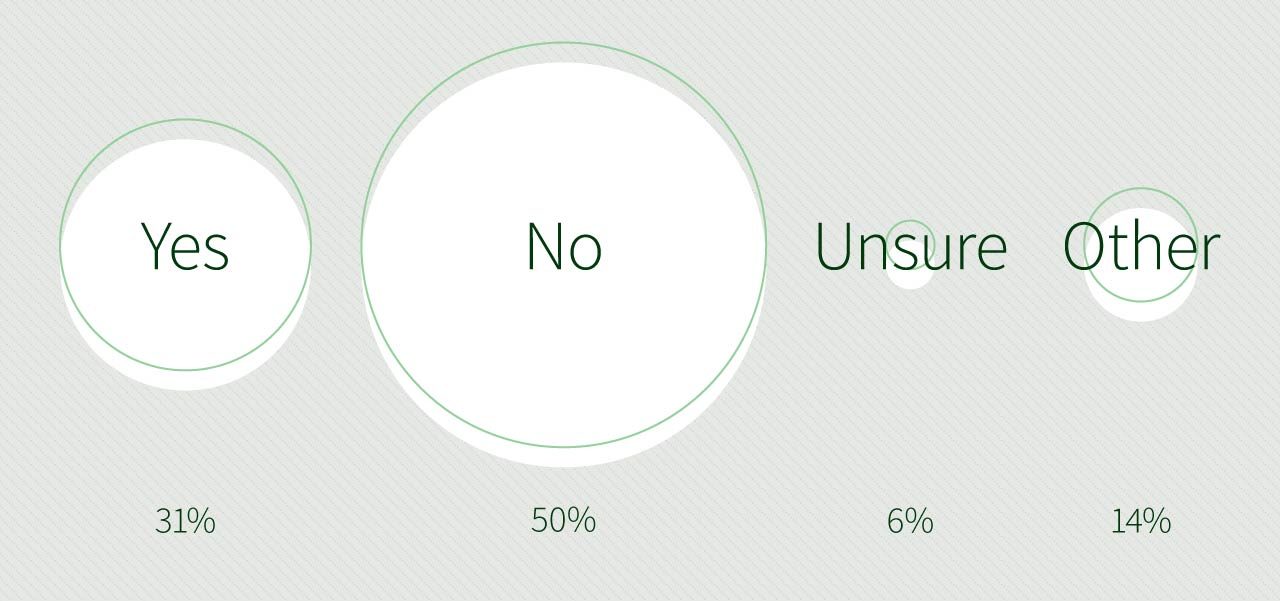 This year, for the first time, we included a question in our Influence 100 survey on whether PR is used for demand generation within our cohort's organisation. In other words, is a direct link made between comms and business results? Just under a third of respondents – 31% – said yes, while 50% said no. A further 6% were unsure, and 14% had other responses, including: “on a limited basis in some circumstances”; “indirectly”; and “depends on the maturity of the market”.
This year, for the first time, we included a question in our Influence 100 survey on whether PR is used for demand generation within our cohort's organisation. In other words, is a direct link made between comms and business results? Just under a third of respondents – 31% – said yes, while 50% said no. A further 6% were unsure, and 14% had other responses, including: “on a limited basis in some circumstances”; “indirectly”; and “depends on the maturity of the market”.
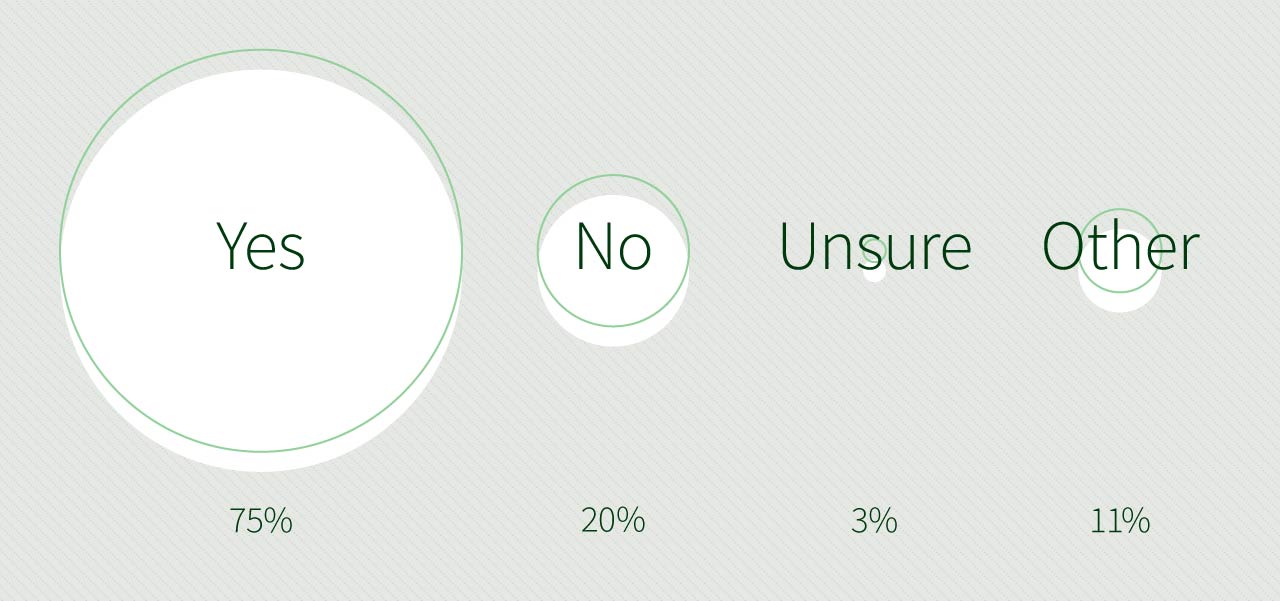 With influencer marketing continuing to mature (with a few hiccups along the way), we added a question this year to gauge how many organisations now use influencers. A clear majority – 75% – said yes, with only 20% saying no. A further 11% had other responses, including: “We do invest in KOL work on occasion, but have suspended influencer work”; and “we work with influencers, but on an earned/advocacy basis, not in the sense of paid partnerships.”
With influencer marketing continuing to mature (with a few hiccups along the way), we added a question this year to gauge how many organisations now use influencers. A clear majority – 75% – said yes, with only 20% saying no. A further 11% had other responses, including: “We do invest in KOL work on occasion, but have suspended influencer work”; and “we work with influencers, but on an earned/advocacy basis, not in the sense of paid partnerships.”
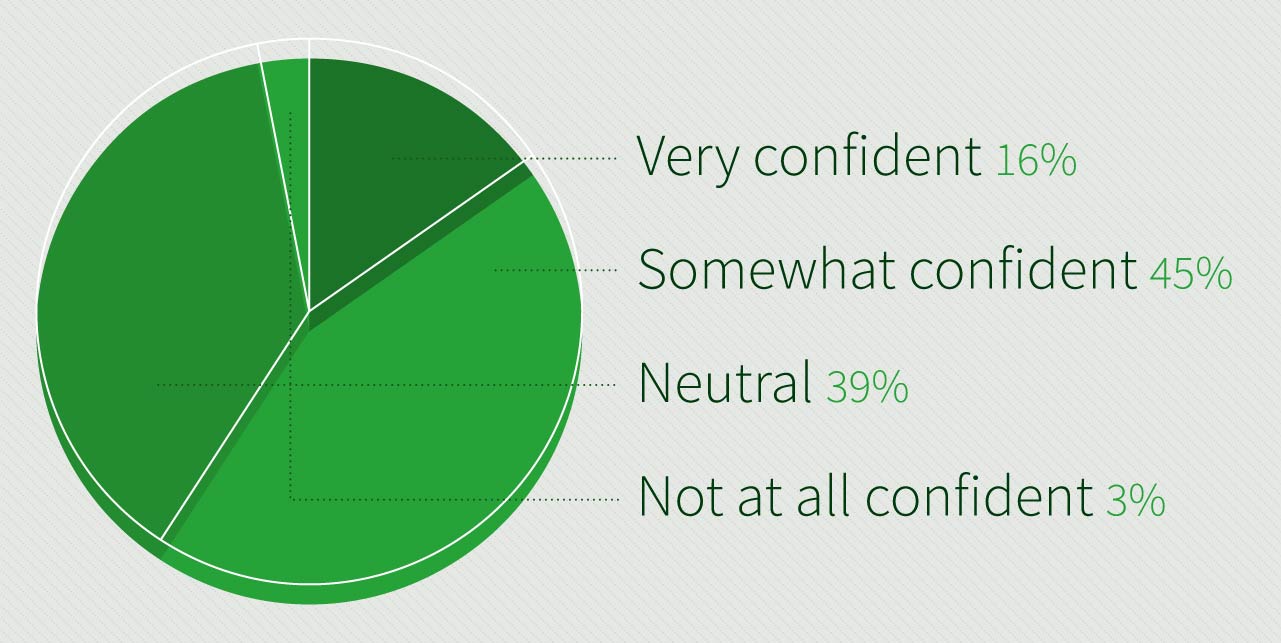 Of those CMOs and CCOs who use influencers as part of their communications and marketing strategy and activity, only 16% said they were very confident that they were getting a good return on investment. The biggest proportion – 45% – would only go as far as saying they were “somewhat” confident of ROI on influencer marketing, and a sizeable 39% refused to commit to anything other than a neutral position. Only 3%, however, admitted they were not at all confident that influencer marketing offered ROI.
Of those CMOs and CCOs who use influencers as part of their communications and marketing strategy and activity, only 16% said they were very confident that they were getting a good return on investment. The biggest proportion – 45% – would only go as far as saying they were “somewhat” confident of ROI on influencer marketing, and a sizeable 39% refused to commit to anything other than a neutral position. Only 3%, however, admitted they were not at all confident that influencer marketing offered ROI.
 With employee engagement and change management becoming increasingly important elements of (business-critical) communications work, for the first time this year we asked our Influence 100 how often they worked alongside their HR team. A clear majority – 84% – said this happened “often”, with not one respondent saying they never partnered with HR and only 3% saying they rarely worked together. The remaining 14% said they sometimes worked with the human resources department.
With employee engagement and change management becoming increasingly important elements of (business-critical) communications work, for the first time this year we asked our Influence 100 how often they worked alongside their HR team. A clear majority – 84% – said this happened “often”, with not one respondent saying they never partnered with HR and only 3% saying they rarely worked together. The remaining 14% said they sometimes worked with the human resources department.
“As the CCO and CMO functions continue to evolve, our functions will need to be more strategic and collaborative in our work. With corporate reputation being a top priority for organizations today, it is more important than ever to establish deeper engagements with customers, employees and other stakeholders, and to clearly express the company’s purpose and values. To achieve this holistically across the full spectrum of stakeholders, a close partnership between communications and marketing is essential.”
“They will merge into one role - that of the chief storyteller.”
“These two roles will be integrated in the future to ensure a stronger alignment of brand and corporate narrative, both internally and externally.”
“The lines between communications and marketing will continue to soften and the disciplines will merge.”
“They will increasingly work in a more integrated fashion to advance the interests of their organizations.”
“Joint accountability. In some cases, the roles will merge.”
“Strong integration of CCO and CMO roles, or only one at the C-Suite table.”
“The role of CCOs will increase in importance, particularly in B2B industries. CMO roles will increasingly have communications/reputation management KPIs.”
“They will be more important as we prove the benefits of our work.”
“More influence as brand equity and trust rise.”
“The CMO will be expected to play a larger role in driving growth.”
“Both roles will continue to grow and prosper as all business and industry becomes real-time and demands constant actions and reactions.”
“The CCO roles will be more integrated with other fields like sustainability or customer experience.”
“As CMOs continue to struggle to prove/provide real, meaningful value (e.g. revenue growth, customer growth), CCOs - who have moved aggressively to leverage data, analytics, measurement to transform the discipline they lead - will begin to assume overall leadership of integrated marketing + communications units, as traditional CMO roles die out.”
“AI and machine learning will tip the industry on its head. New products, new ways of communicating, new data and analytics.”
“It’s no longer about the 4 Ps of marketing – product, placement, price and promotion; it’s all about the 4 Es – environment, experience, exchange and engagement. The counterintuitive message on this one is that in this evolving world of communications, in order to facilitate authentic relationships, in many cases it must be done through means that are artificial (intelligence) and augmented (reality)… For those of us in this business, we are still in a relationship business, but the nature of how we cultivate those relationships is becoming very different.”
“Short term: enabling us to do a better job in reporting, issues alerts, improve capability for planning with better insights. Medium term to long term: truly valuable and clearly actionable business insights, delivery of personalised content or information to different stakeholders, including customers, media etc.”
“AI is interesting but cannot replace intimacy.”
“The science will make the art (what great communicators can do) even more effective in the medium term; beyond that in the long term, I can envision much of our content and messages being generated by the smartest machines available. For the short term, it is hip and cool to talk AI, etc. but the jury is out...”
“It will make personal interaction (human to human) even more important.”
“AI will change the way we do communications, in terms of how we understand brands, customers and products. But in the long term there is something about being human that is unique and AI will just be a process that will help in targeting customers and markets using big data.”

 Diversity in all its facets continues to be big theme for the communications and marketing sector, both in terms of what CCOs require of their PR agencies, and how committed they think the industry is to diversity. The number of our respondents who agree their PR agencies must have an ethnically diverse team was around the same as last year, at 67%, but the number who agreed strongly was up from 12% in 2017 to 33% this year. A further 31% were neutral, up again from 28% last year and 19% in 2017, now leaving only a handful of respondents who disagreed with this statement.
Diversity in all its facets continues to be big theme for the communications and marketing sector, both in terms of what CCOs require of their PR agencies, and how committed they think the industry is to diversity. The number of our respondents who agree their PR agencies must have an ethnically diverse team was around the same as last year, at 67%, but the number who agreed strongly was up from 12% in 2017 to 33% this year. A further 31% were neutral, up again from 28% last year and 19% in 2017, now leaving only a handful of respondents who disagreed with this statement.
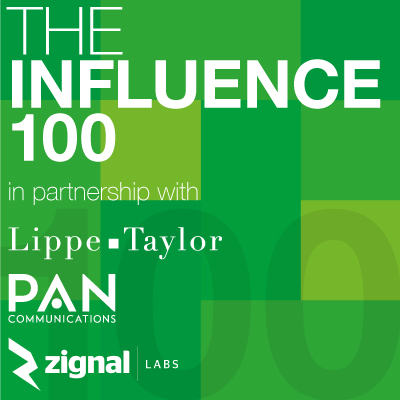
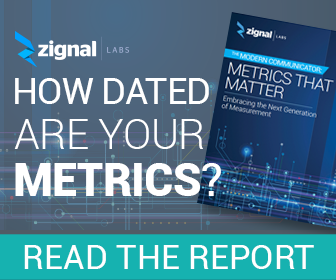




Intelligence and insight from across the PR world.
About PRovoke Media Contact Us Privacy & Cookie PolicyWe feel that the views of the reader are as important as the views of the writer. Please contact us at [email protected]
Signup For Our Newsletter Media Kits/Editorial Calendar Jobs Postings A-Z News Sitemap© Holmes Report LLC 2024